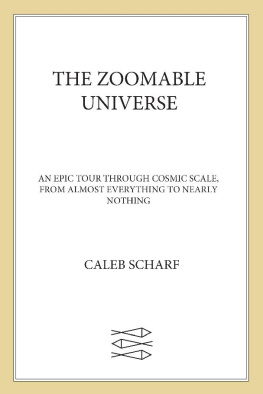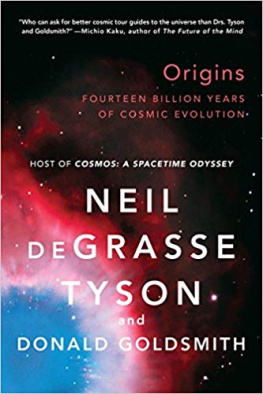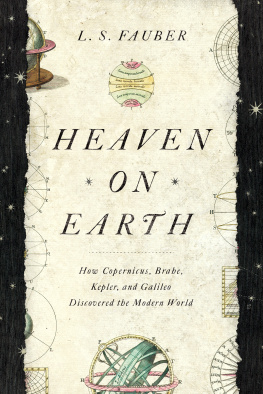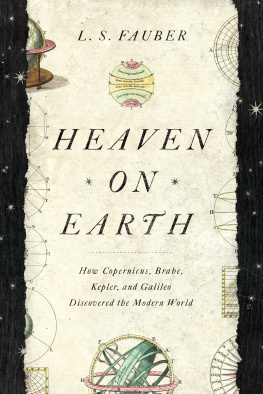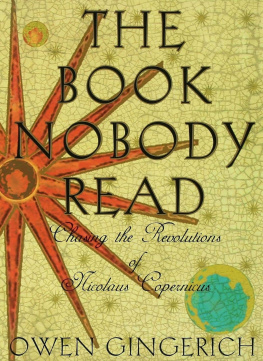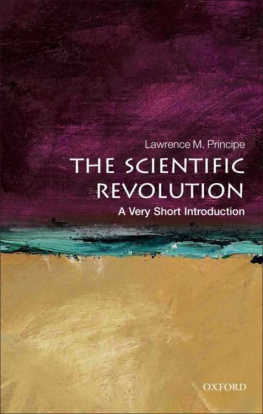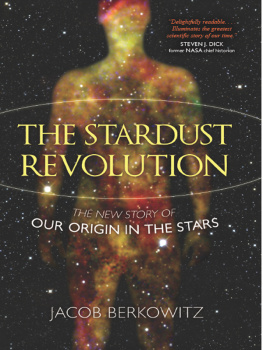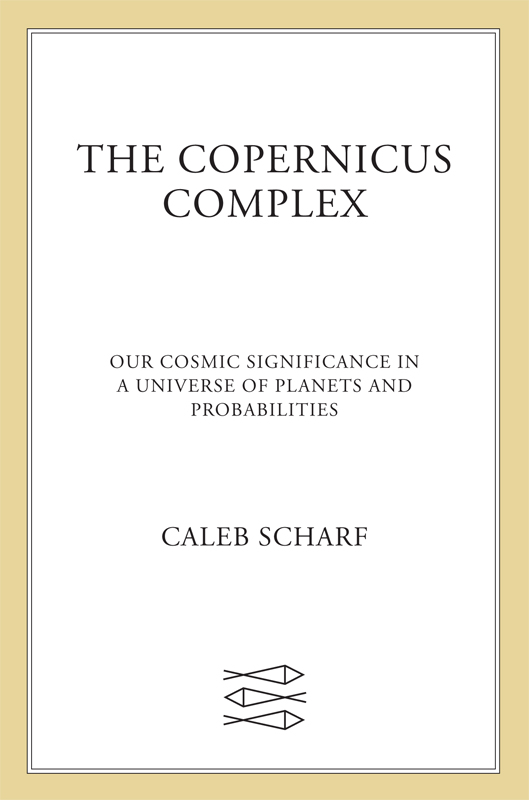Caleb Scharf - The Copernicus Complex: Our Cosmic Significance in a Universe of Planets and Probabilities
Here you can read online Caleb Scharf - The Copernicus Complex: Our Cosmic Significance in a Universe of Planets and Probabilities full text of the book (entire story) in english for free. Download pdf and epub, get meaning, cover and reviews about this ebook. year: 2015, publisher: Farrar, Straus and Giroux, genre: Religion. Description of the work, (preface) as well as reviews are available. Best literature library LitArk.com created for fans of good reading and offers a wide selection of genres:
Romance novel
Science fiction
Adventure
Detective
Science
History
Home and family
Prose
Art
Politics
Computer
Non-fiction
Religion
Business
Children
Humor
Choose a favorite category and find really read worthwhile books. Enjoy immersion in the world of imagination, feel the emotions of the characters or learn something new for yourself, make an fascinating discovery.

- Book:The Copernicus Complex: Our Cosmic Significance in a Universe of Planets and Probabilities
- Author:
- Publisher:Farrar, Straus and Giroux
- Genre:
- Year:2015
- Rating:5 / 5
- Favourites:Add to favourites
- Your mark:
The Copernicus Complex: Our Cosmic Significance in a Universe of Planets and Probabilities: summary, description and annotation
We offer to read an annotation, description, summary or preface (depends on what the author of the book "The Copernicus Complex: Our Cosmic Significance in a Universe of Planets and Probabilities" wrote himself). If you haven't found the necessary information about the book — write in the comments, we will try to find it.
Longlisted for the 2015 PEN/E.O. Wilson Literary Science Writing Award
Short-listedforPhysics WorldsBook of the Year
The Sunday Times (UK) Best Science Book of 2014
A Publishers Weekly Top 10 Science Book of Fall 2014
An NBC News Top Science and Tech Book of 2014
A Politics & Prose 2014 Staff Pick
In the sixteenth century, Nicolaus Copernicus dared to go against the establishment by proposing that Earth rotates around the Sun. Having demoted Earth from its unique position in the cosmos to one of mediocrity, Copernicus set in motion a revolution in scientific thought. This perspective has influenced our thinking for centuries. However, recent evidence challenges the Copernican Principle, hinting that we do in fact live in a special place, at a special time, as the product of a chain of unlikely events. But can we be significant if the Sun is still just one of a billion trillion stars in the observable universe? And what if our universe is just one of a multitude of others-a single slice of an infinity of parallel realities?
In The Copernicus Complex, the renowned astrophysicist Caleb Scharf takes us on a scientific adventure, from tiny microbes within the Earth to distant exoplanets, probability theory, and beyond, arguing that there is a solution to this contradiction, a third way of viewing our place in the cosmos, if we weigh the evidence properly. As Scharf explains, we do occupy an unusual time in a 14-billion-year-old universe, in a somewhat unusual type of solar system surrounded by an ocean of unimaginable planetary diversity: hot Jupiters with orbits of less than a day, planet-size rocks spinning around dead stars, and a wealth of alien super-Earths. Yet life here is built from the most common chemistry in the universe, and we are a snapshot taken from billions of years of biological evolution. Bringing us to the cutting edge of scientific discovery, Scharf shows how the answers to fundamental questions of existence will come from embracing the peculiarity of our circumstance without denying the Copernican vision.
With characteristic verve, Scharf uses the latest scientific findings to reconsider where we stand in the balance between cosmic significance and mediocrity, order and chaos. Presenting a compelling and bold view of our true status, The Copernicus Complex proposes a way forward in the ultimate quest: determining lifes abundance, not just across this universe but across all realities.
Caleb Scharf: author's other books
Who wrote The Copernicus Complex: Our Cosmic Significance in a Universe of Planets and Probabilities? Find out the surname, the name of the author of the book and a list of all author's works by series.

